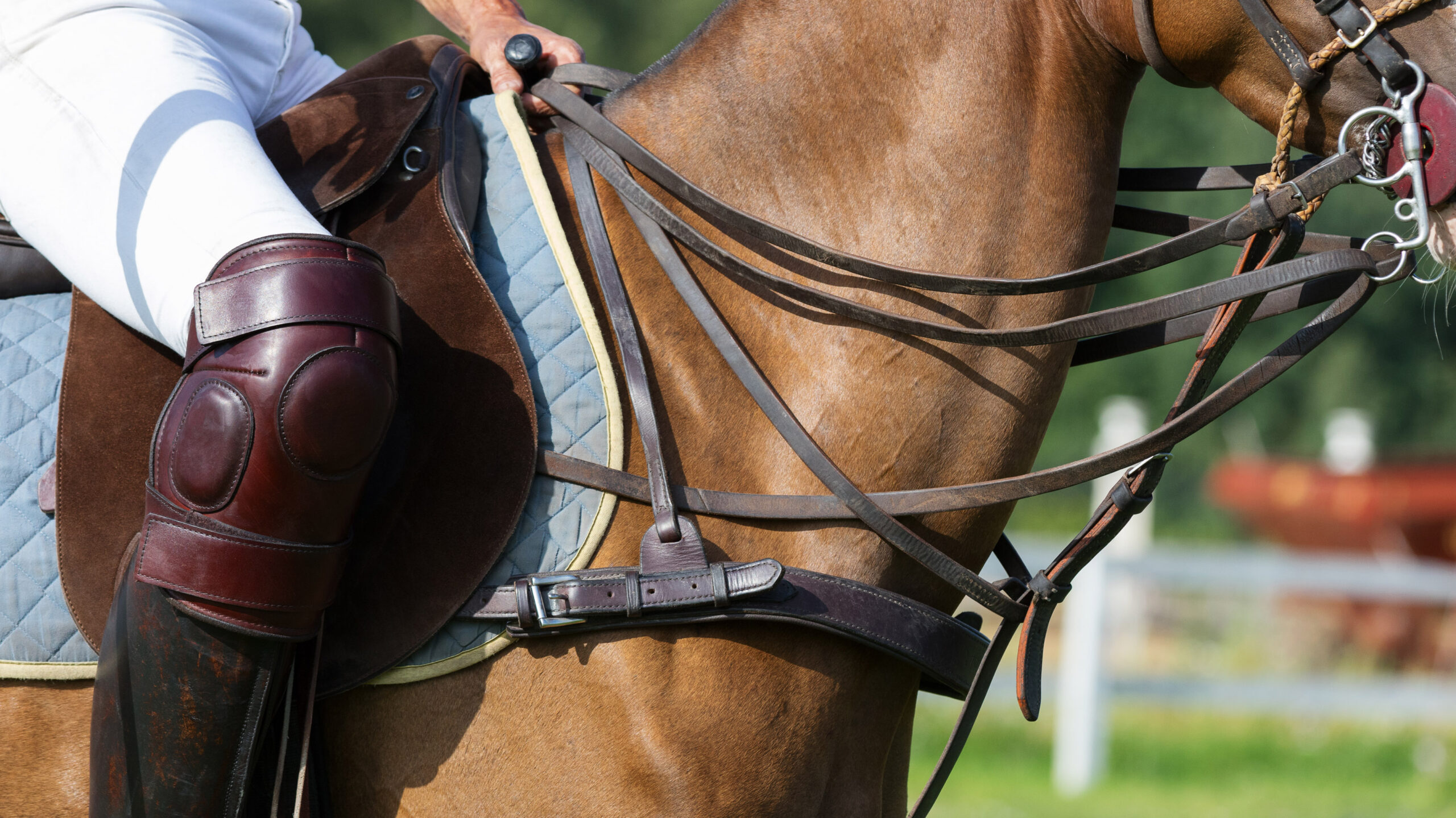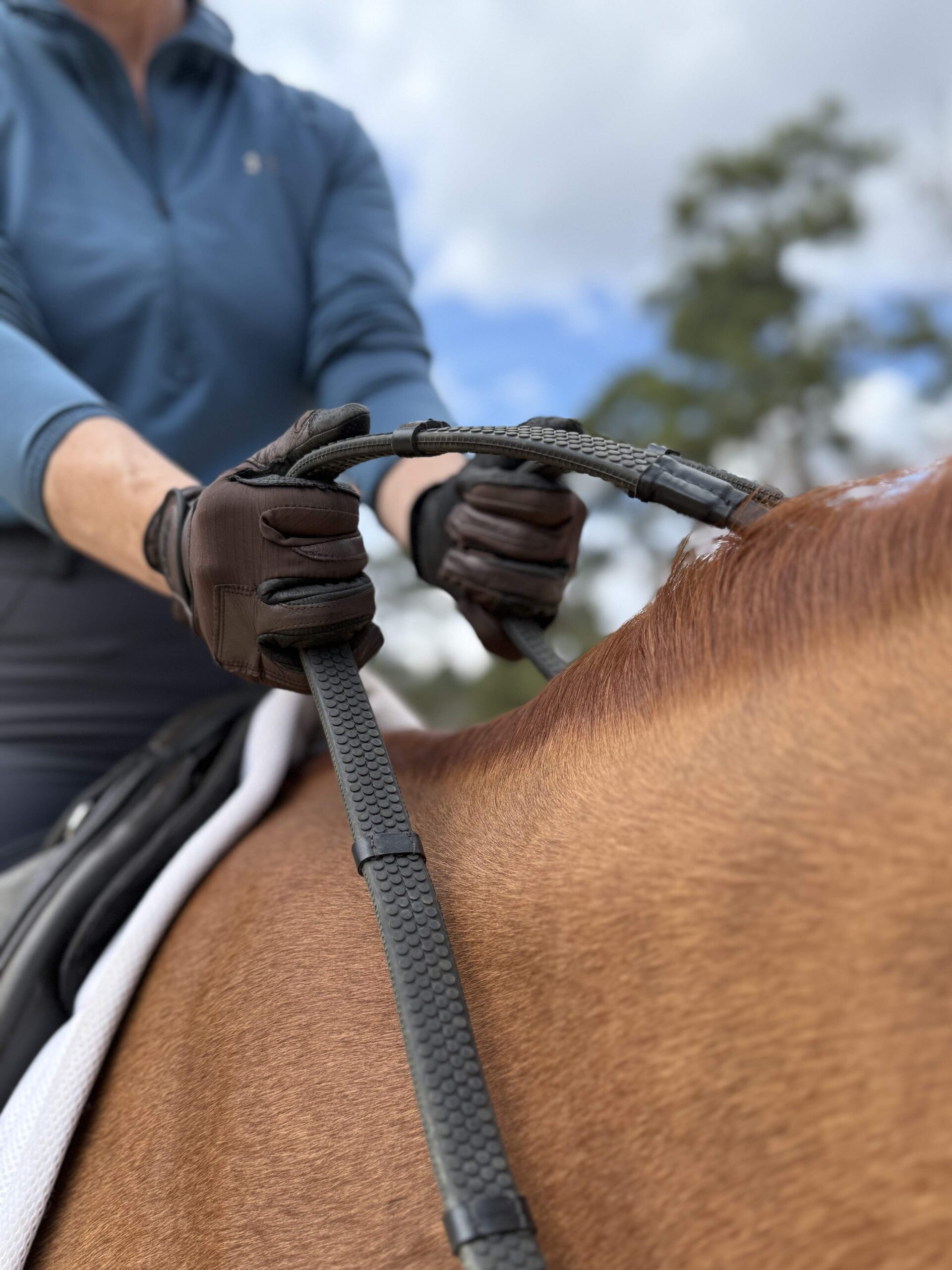Beginner’s Guide to Essential Horse Tack

Horse tack refers to the equipment and accessories used to ride, handle, and care for horses. For beginners, understanding the essential tack is crucial for safety, comfort, and effective communication with your horse. This guide covers the fundamental pieces of tack every rider should know.
Essential Horse Tack Components
| Tack Item | Description | Purpose |
|---|---|---|
| Saddle | A supportive seat fastened to the horse’s back, usually made of leather. | Provides comfort and stability for the rider. |
| Bridle | Headgear that includes the bit and reins, used to direct the horse. | Enables control and communication. |
| Bit | A metal piece placed in the horse’s mouth, attached to the bridle. | Helps in steering and stopping the horse. |
| Reins | Straps connected to the bit, held by the rider. | Used to guide and signal the horse. |
| Girth/Cinch | A strap that secures the saddle around the horse’s belly. | Keeps the saddle firmly in place. |
| Stirrups | Footrests attached to the saddle by straps. | Provide balance and support for the rider. |
Additional Useful Tack
- Saddle Pad/Blanket: Placed under the saddle to cushion and protect the horse’s back.
- Martingale: Helps prevent the horse from raising its head too high.
- Breastplate: Keeps the saddle from sliding backward.
Choosing the Right Tack
When selecting tack, consider the horse’s size, breed, and temperament, as well as the rider’s experience and discipline (e.g., English or Western riding). Proper fit is essential to avoid discomfort or injury.
Care and Maintenance
Regular cleaning and inspection of tack ensure longevity and safety. Leather tack should be cleaned with appropriate cleaners and conditioned to prevent cracking. Synthetic tack requires washing and drying according to manufacturer instructions.
FAQ
Q: How do I know if a saddle fits my horse?
A: The saddle should sit evenly on the horse’s back without pinching or causing pressure points. A professional saddle fitter can help ensure proper fit.
Q: Can I use the same bit for different horses?
A: It’s best to have bits that suit each horse’s mouth shape and sensitivity to ensure comfort and responsiveness.
Q: How often should I clean my tack?
A: Ideally, clean tack after every ride or at least weekly to maintain condition and safety.
This beginner’s guide provides a solid foundation for understanding essential horse tack, helping new riders equip themselves and their horses properly for a safe and enjoyable riding experience.
